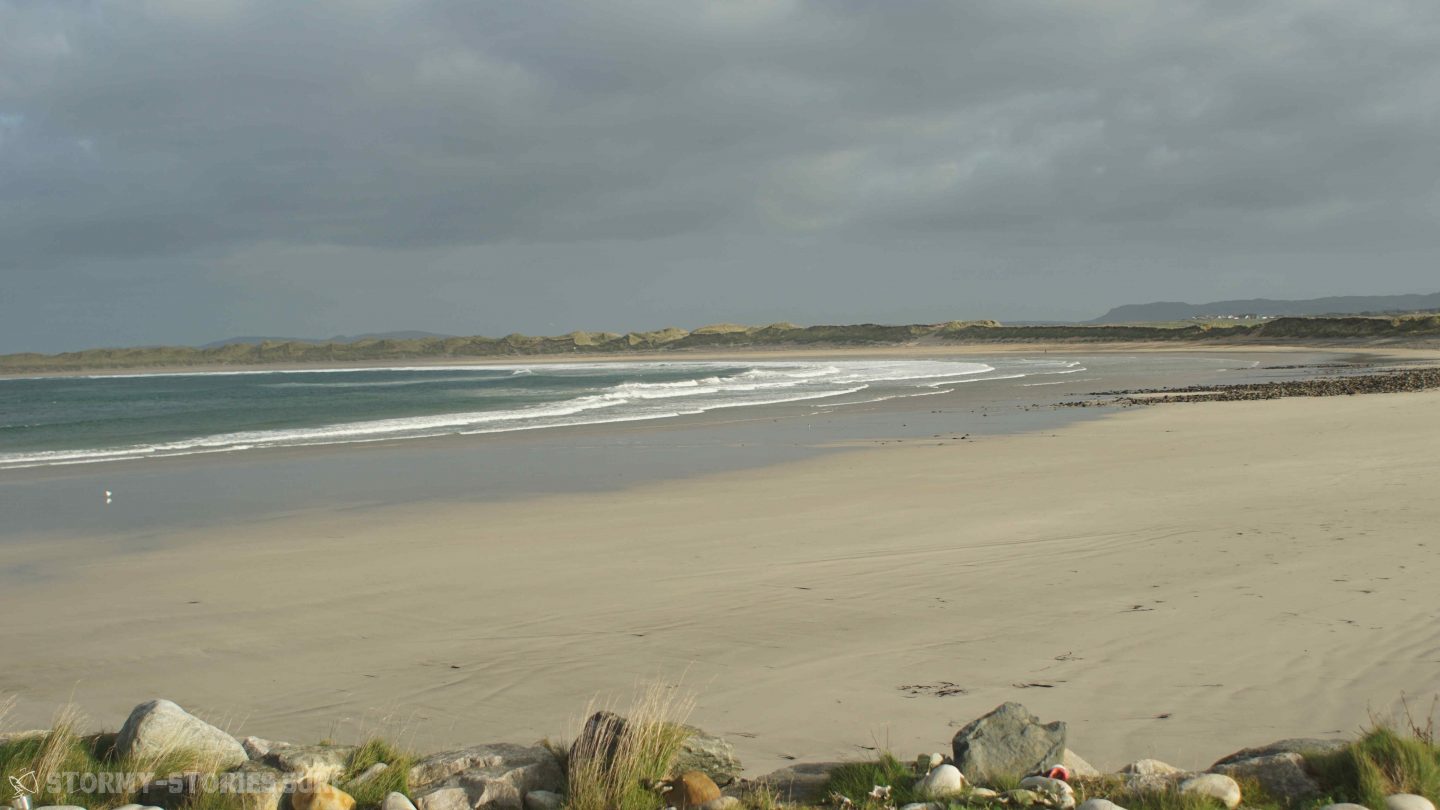The bungalows didn’t look particularly appealing from the outside, but somehow we also had the feeling that it would be difficult to find something better nearby for the next few days. So I enquired whether it would be possible to stay here for a few nights. Unfortunately, the place seemed to have already been rented out. Someone had recently enquired about it on the internet.
Ha! Yes, and that someone was probably me. Okay, at least I had understood that now, but obviously our counterparts hadn’t yet. After a brief conversation, it was clear to them too – so off we went our new home and checked into our rooms.
When we saw the inside of our place for the next few days, we were amazed. Two cozy bedrooms, a large kitchen-living room and a fairly new bathroom, all beautifully clean and newly furnished.

Leave a Reply